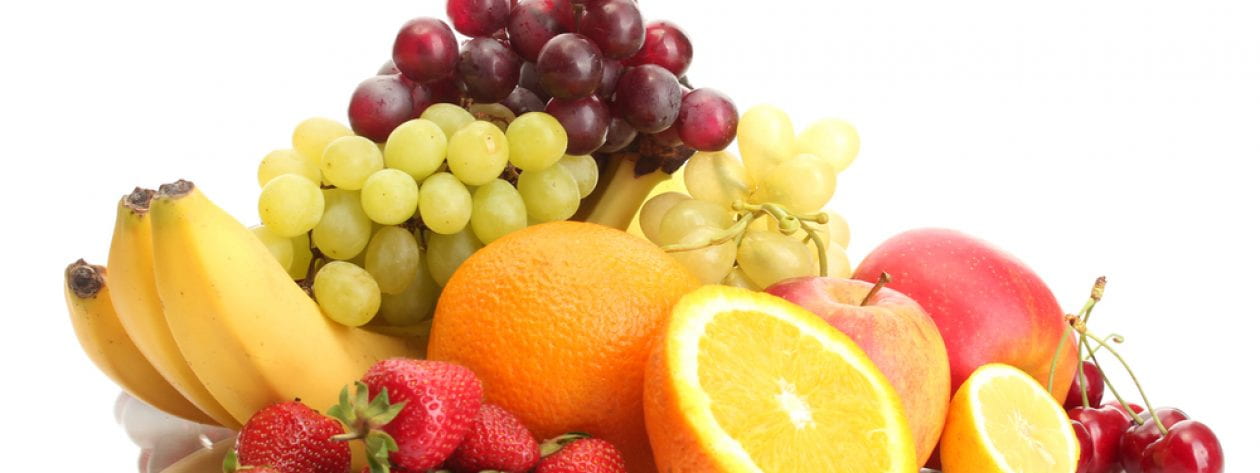
You may know them as ‘string’ beans, ‘snap’ beans or ‘green’ beans but did you know that despite all of these ‘bean’ titles, green beans are not nutritionally considered a bean since they are harvested in their pods before they are fully ripened? (They would actually be more comparable to snap peas which are also harvested in their pods). When adding green beans to your meals, you can consider them as a vegetable with a great source of plant protein and fiber. Just one cup contains 3 grams of fiber and 2 grams of protein. Let green beans help you meet your needs!
Green beans are also rich in vitamins A, C and K, and they contain folate, iron, thiamin, magnesium and potassium. These nutrients are essential for a healthy metabolism as well as keeping your body’s blood pressure and heart health on track. Folate is a B vitamin and is beneficial for many reasons. It can help regulate your mood, sleep, and appetite!! Green beans have ample antioxidant properties from Vitamin C and carotenoids. Green beans are hiding something. Despite green beans overwhelming green color, they contain a surprising amount of carotenoids which are the group of pigments responsible for other vegetables vibrant orange, red and yellow colors. The chlorophyll (green pigment) seen is highly concentrated, causing the carotenoids to remain unseen. Vitamin A along with the carotenoids will help your vision and eye health.
These beans are worth mixing into your diet. If you have only tried green beans prepared plain, as a side, you are missing out. Here are some other yummy ways to get more of these green, snapping, string beans in your meals:
- You can eat them fresh! Just snap off the ends and add them to a salad, or dip them in hummus!
- Try them roasted. Sprinkle some olive oil and garlic on top, and then add roasted red peppers. Roast them in the oven until slightly crisp.
- Add them to a stir-fry. Sauté them with mushrooms and almonds, or mix with your other favorite vegetables!
- Add them to a stew, soup, curry or rice dish.
Make sure to look for these green bean recipes that Penn State Campus Dining is serving up this semester:
- Green Beans Almondine, Green Beans with Sunflower Seeds
- Antigua Blend, Monaco Blend
- Italian Green Beans
- Mixed Vegetables
Resources:
Ware RDN, LD, Megan. “What Are the Health Benefits of Green Beans?” Medical News Today. MediLexicon International, 14 Nov. 2014. Web. 30 June 2015. <http://www.medicalnewstoday.com/articles/285753.php>.
“Green Beans: What’s New and Beneficial About Green Beans.” The World’s Healthiest Foods. The George Mateljan Foundation. Web. 30 June 2015. <http://www.whfoods.com/genpage.php?tname=foodspice&dbid=134>.
“Green Beans Nutrition Facts and Health Benefits.” Nutrition And You.com. Web. 30 June 2015. <http://www.nutrition-and-you.com/green_beans.html>.
Photos adapted by: Mohammed Mahdi, Meal Makeover Moms


 cinnamon can improve the body’s response to eating high-fat meals. High-fat meals can lead to high levels of triglycerides (fat) in the blood. Cinnamon contributed to lowering the triglyceride response after meals and together, with antioxidant properties, cinnamon can reduce the risk of chronic disease. So, you can feel great about eating a meal spiced with cinnamon!
cinnamon can improve the body’s response to eating high-fat meals. High-fat meals can lead to high levels of triglycerides (fat) in the blood. Cinnamon contributed to lowering the triglyceride response after meals and together, with antioxidant properties, cinnamon can reduce the risk of chronic disease. So, you can feel great about eating a meal spiced with cinnamon!



